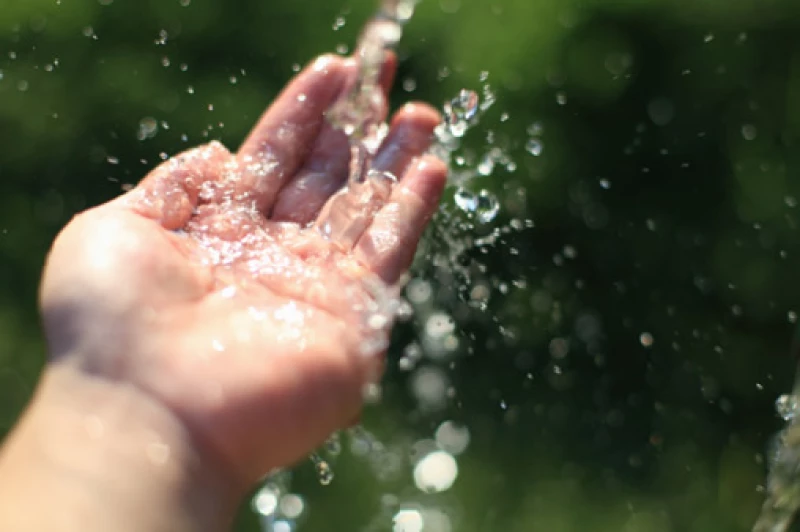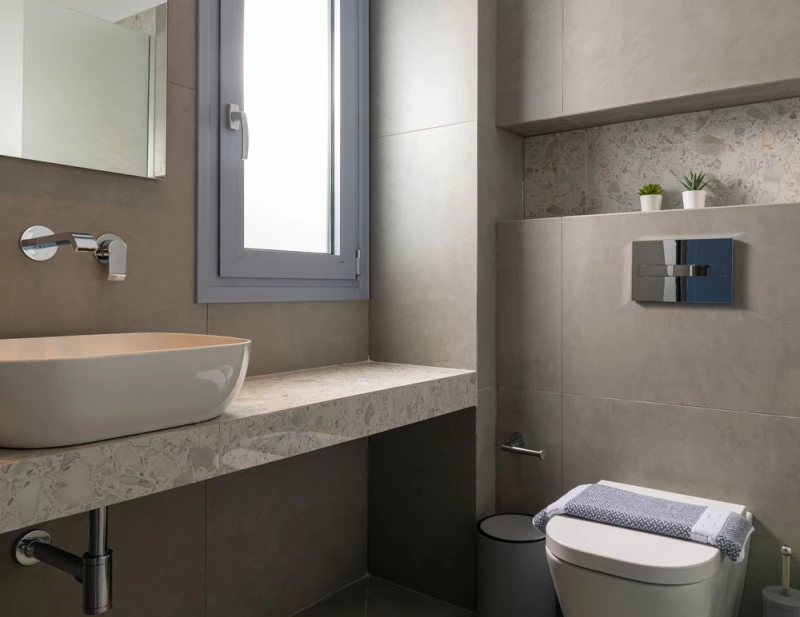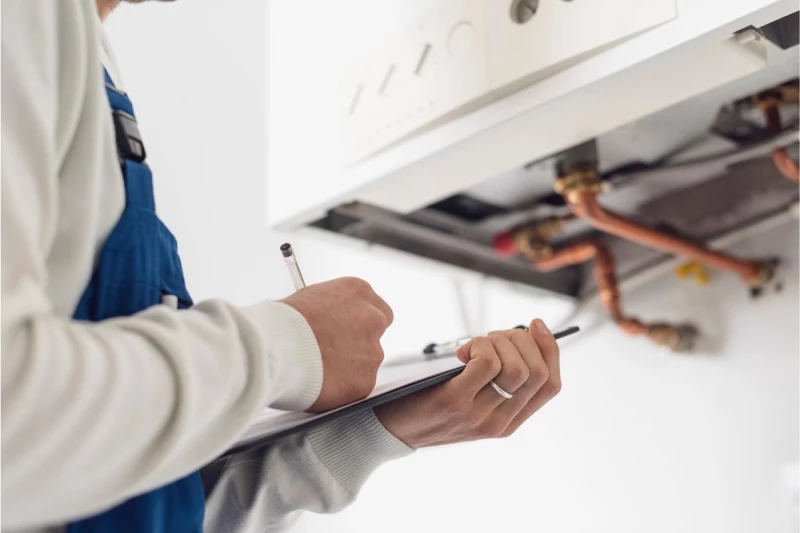When it comes to water conservation, there’s never a wrong moment to start adopting sustainable practices. In fact, there’s always room for improvement in our efforts to preserve this precious resource. With that in mind, let’s dive into some practical and effective water-saving tips that you can easily incorporate into your daily routine. By making these suggestions a part of your life, you’ll contribute to the larger goal of conserving water and ensuring a sustainable future for generations to come. Plus, there’s the added benefit of cutting down the bills So, without further ado, let’s explore these valuable ways to save water.
1. Take shorter showers
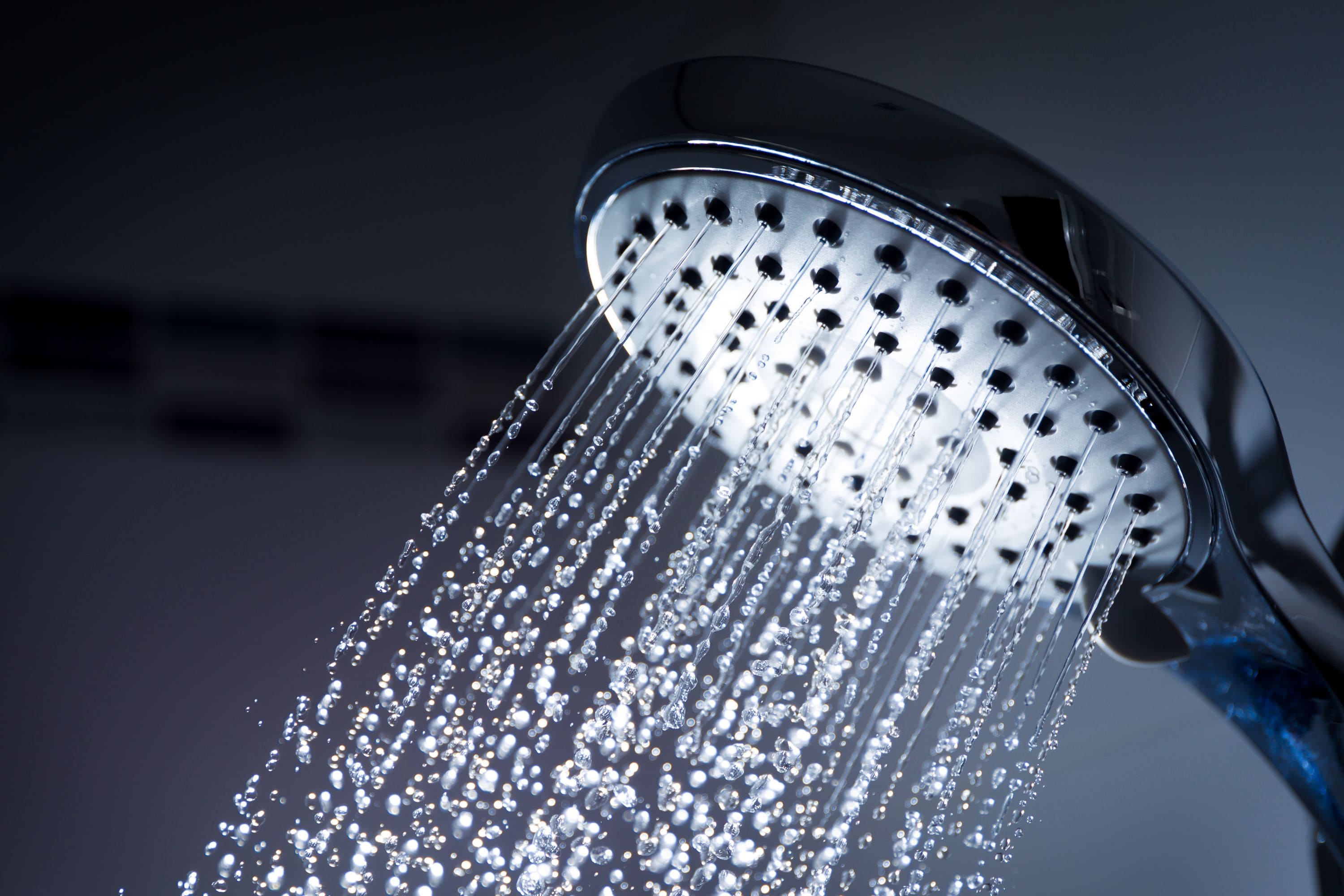
Long, hot showers are one of life’s true guilty pleasures, but for every such pleasure, there’s usually a price to be paid. In this case, the “price” is wasted water and energy. Here are a few tips to help you reduce your shower time without sacrificing cleanliness. First, try setting a shower timer or using a shower playlist to keep track of time and stay mindful of how long you spend in the shower. Additionally, consider using a water saving shower head such as a low-flow shower head to decrease water consumption while still enjoying a satisfying shower experience. These small adjustments can have a big impact on your water usage and contribute to a more sustainable lifestyle.
2. Install water-efficient fixtures
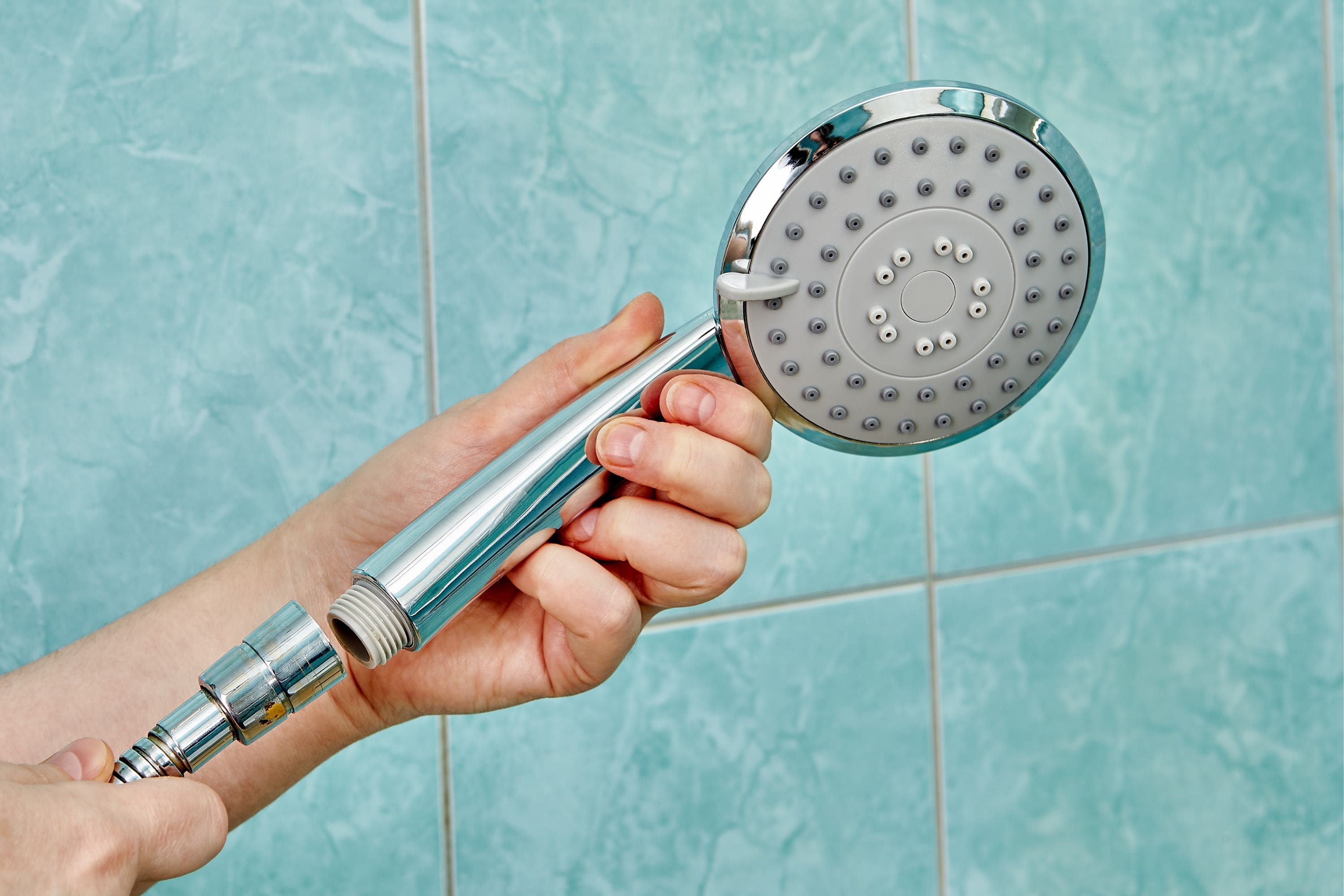
Installing water-efficient fixtures such as water saving shower heads, low-flow shower heads and aerated faucets is an effective way to save water without compromising on functionality. A low-flow showerhead can significantly reduce water usage by up to 50% compared to standard shower heads, making it an excellent investment for water conservation. These showerheads achieve water efficiency by maintaining a steady flow while minimising the overall volume of water used.
3. Washing dark clothes in cold water
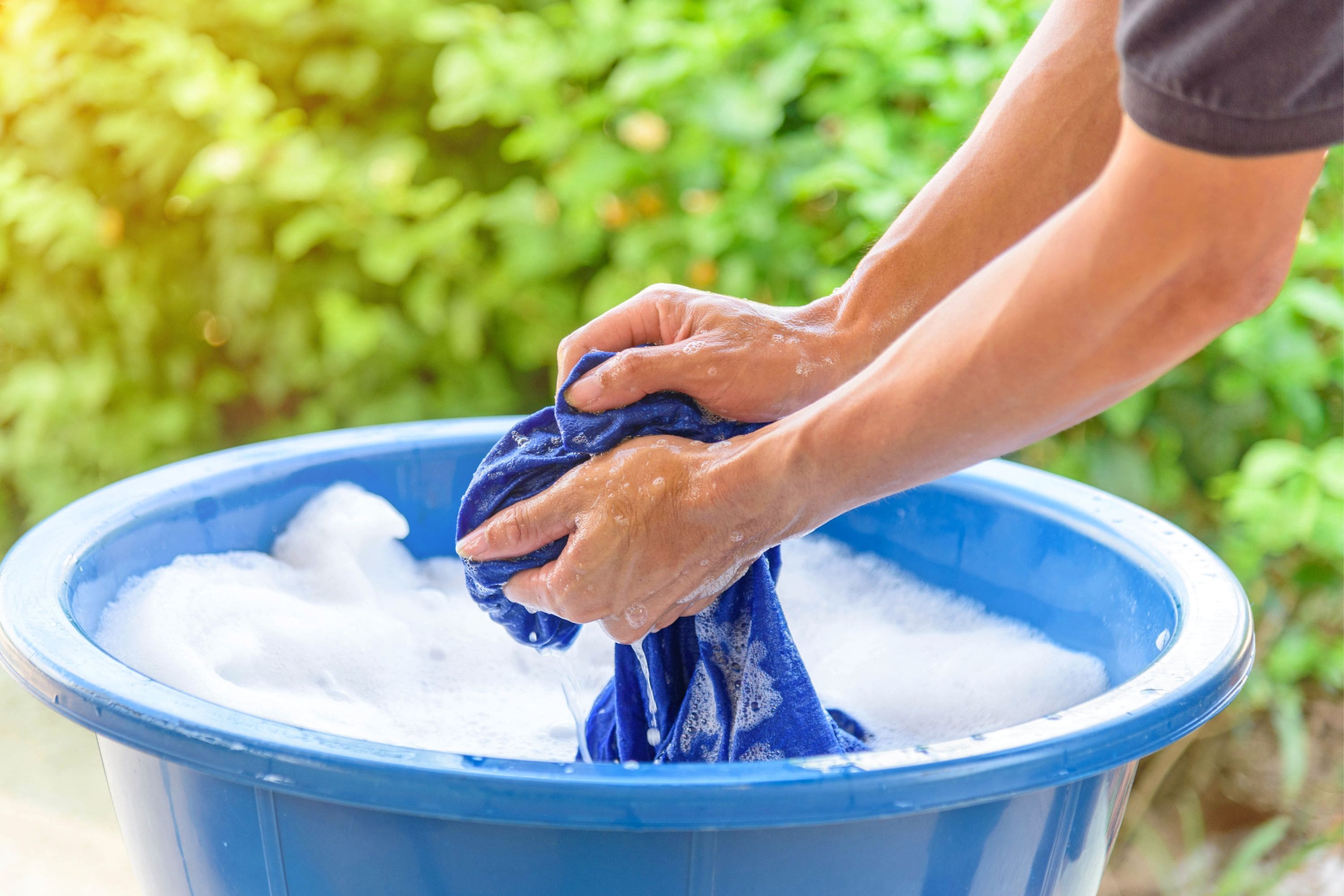
When it comes to washing dark clothes, opting for cold water can bring about multiple benefits. Not only does washing in cold water save water and energy, but it also helps preserve the vibrant colours of your garments. By choosing cold water over hot water, you reduce the amount of energy required to heat the water for your laundry cycle. This energy-saving choice contributes to a more environmentally friendly approach to laundry.
Furthermore, cold water is gentle on dark fabrics and helps prevent colour fading. Hot water can cause dyes to bleed or fade faster, leading to dull-looking clothes over time. By using cold water, you can ensure that your dark clothes retain their original intensity and vibrancy for a longer period.
4. Don’t treat your toilet as a wastebasket
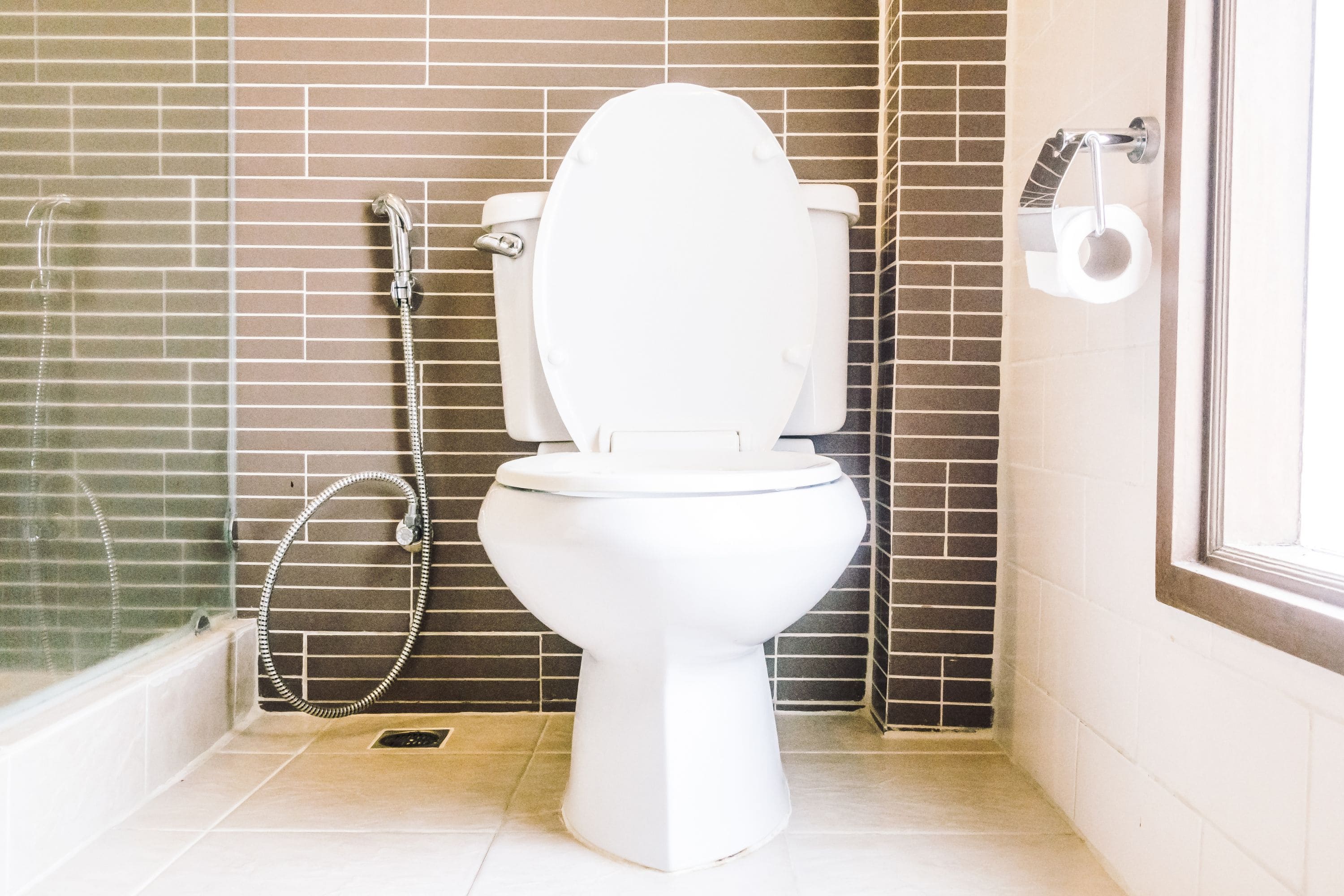
Ensure you’re not flushing anything you’re not meant to down the toilet and ask your children and guests to abide by the same rule. By refraining from flushing items like tissues, sanitary products, paper towels, or any other non-biodegradable items down the toilet, you can prevent blocked drains and potential damage to your pipes. When you ensure your pipes are properly maintained, you can enjoy a hassle-free and efficient plumbing system all year round.
5. Harvest your excess water
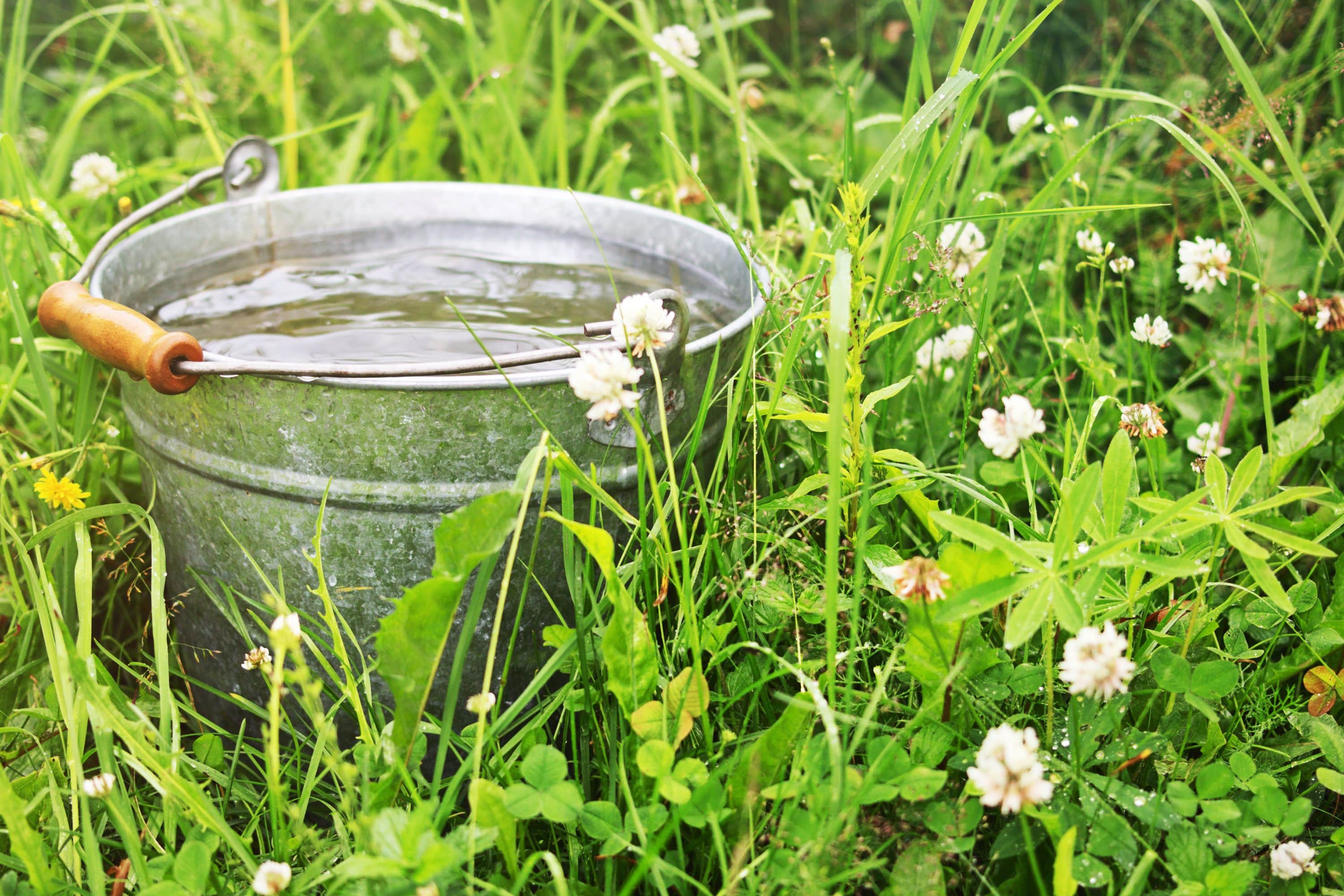
The average shower uses roughly twenty-five to forty litres (five to ten gallons) of water. Isn’t that crazy? To make the most of this water, simply place a sizable bucket beneath the shower as it warms up, and then repurpose that water for various productive endeavours such as watering your plants, performing household cleaning tasks, and fulfilling other practical needs. This simple practice allows you to make the most of every drop of water use, promoting sustainability and efficient water management.
6. Fix those leaky taps
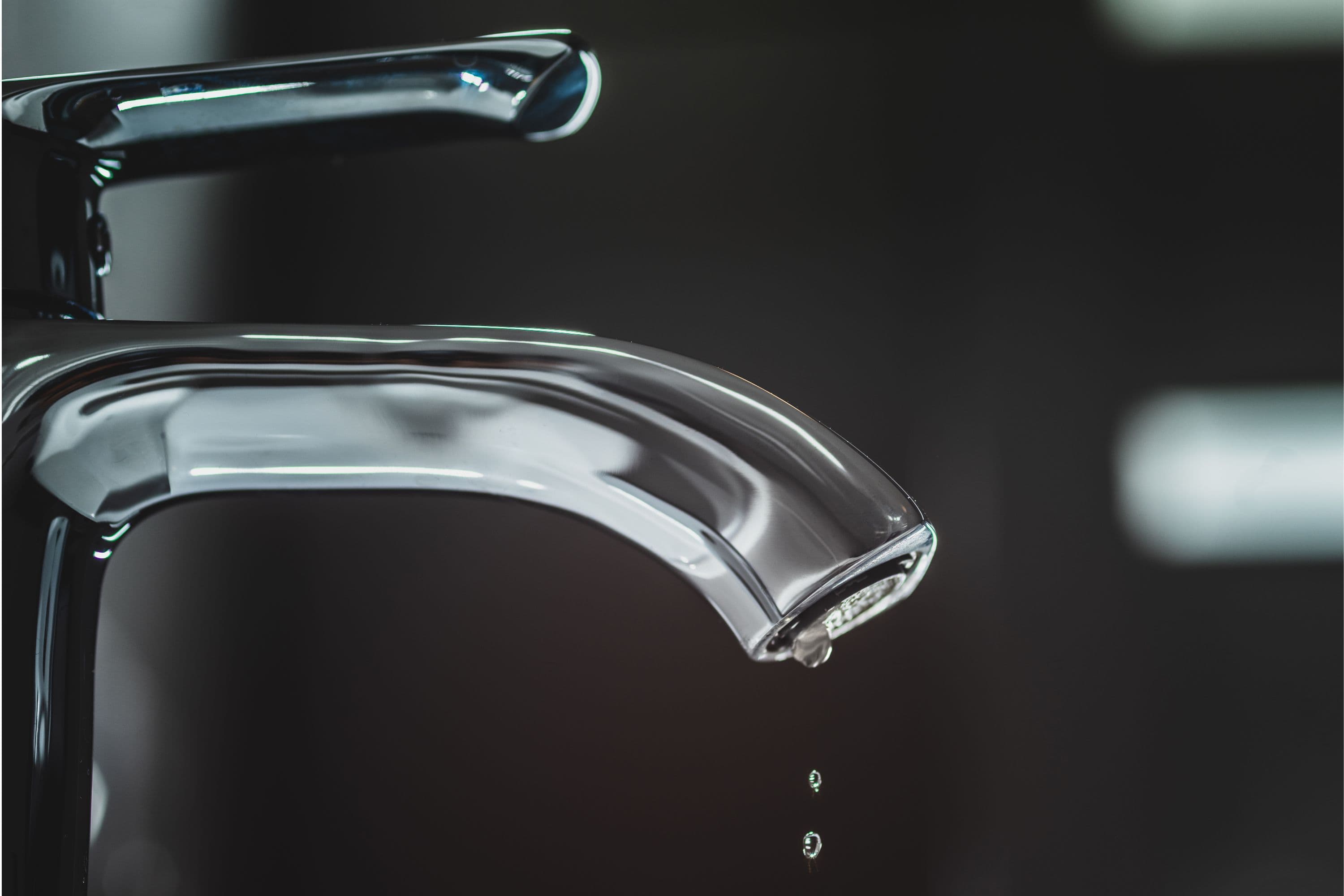
A common source of water waste is from dripping taps. By addressing and repairing leaks in a timely manner, you contribute to water conservation efforts while also benefiting your finances. Remember, a few simple adjustments or the replacement of a worn-out washer can make a substantial difference in curbing water waste.
7. Use your dishwasher and washing machine for full loads only
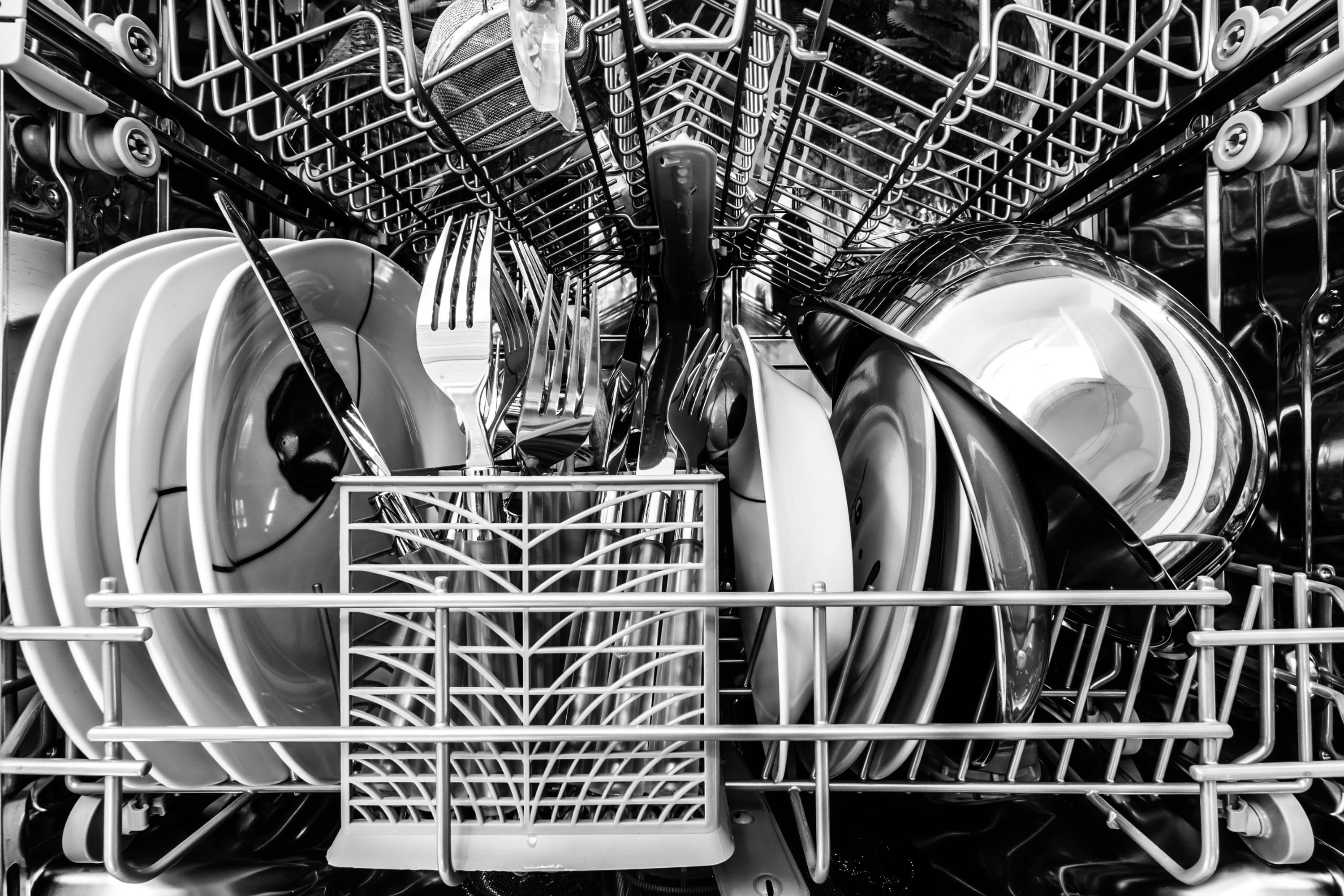
By waiting to accumulate a full load of dirty clothes and dishes before starting these appliances, you make efficient use of water resources while reducing unnecessary waste. This approach not only saves water but also conserves energy and prolongs the lifespan of your appliances. Additionally, it minimises the frequency of detergent usage, resulting in less chemical runoff into the environment. By making a conscious effort to maximise the load size for each cycle, you actively promote sustainable living and contribute to a greener future.
8. Water plants in cooler times of the day
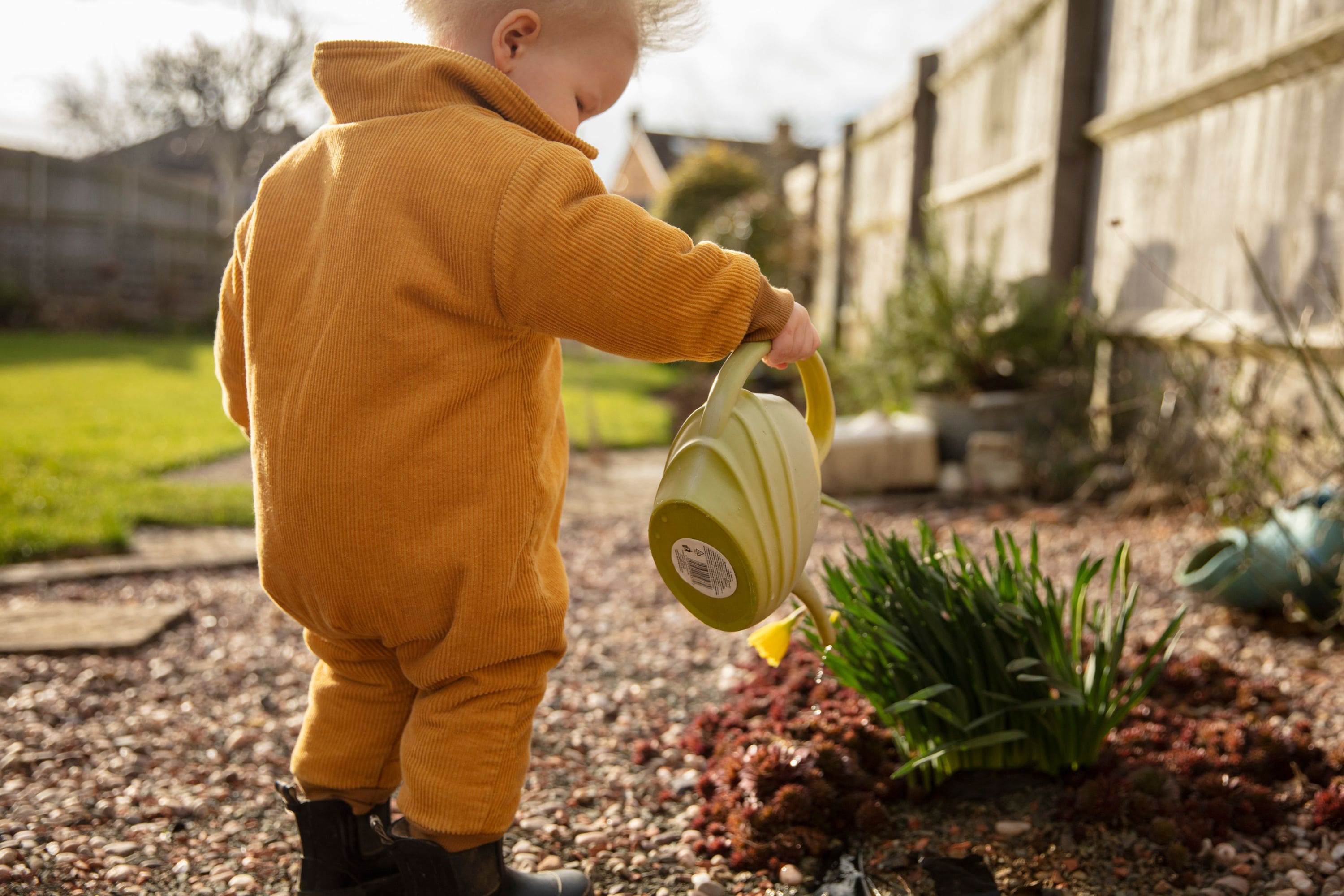
Watering plants during cooler times of the day is a smart water-saving strategy that benefits both the plants and the environment. Opting to water early in the morning or later in the evening, when temperatures are lower and the sun’s intensity has diminished, reduces water evaporation and ensures that plants receive the moisture they need. This approach maximises water absorption by the roots and minimises water loss due to evaporation, helping to conserve water resources. It also helps plants cope better with heat stress, as they can absorb water more efficiently during cooler periods.
9. Use a broom instead of a hose to clean driveways and patios
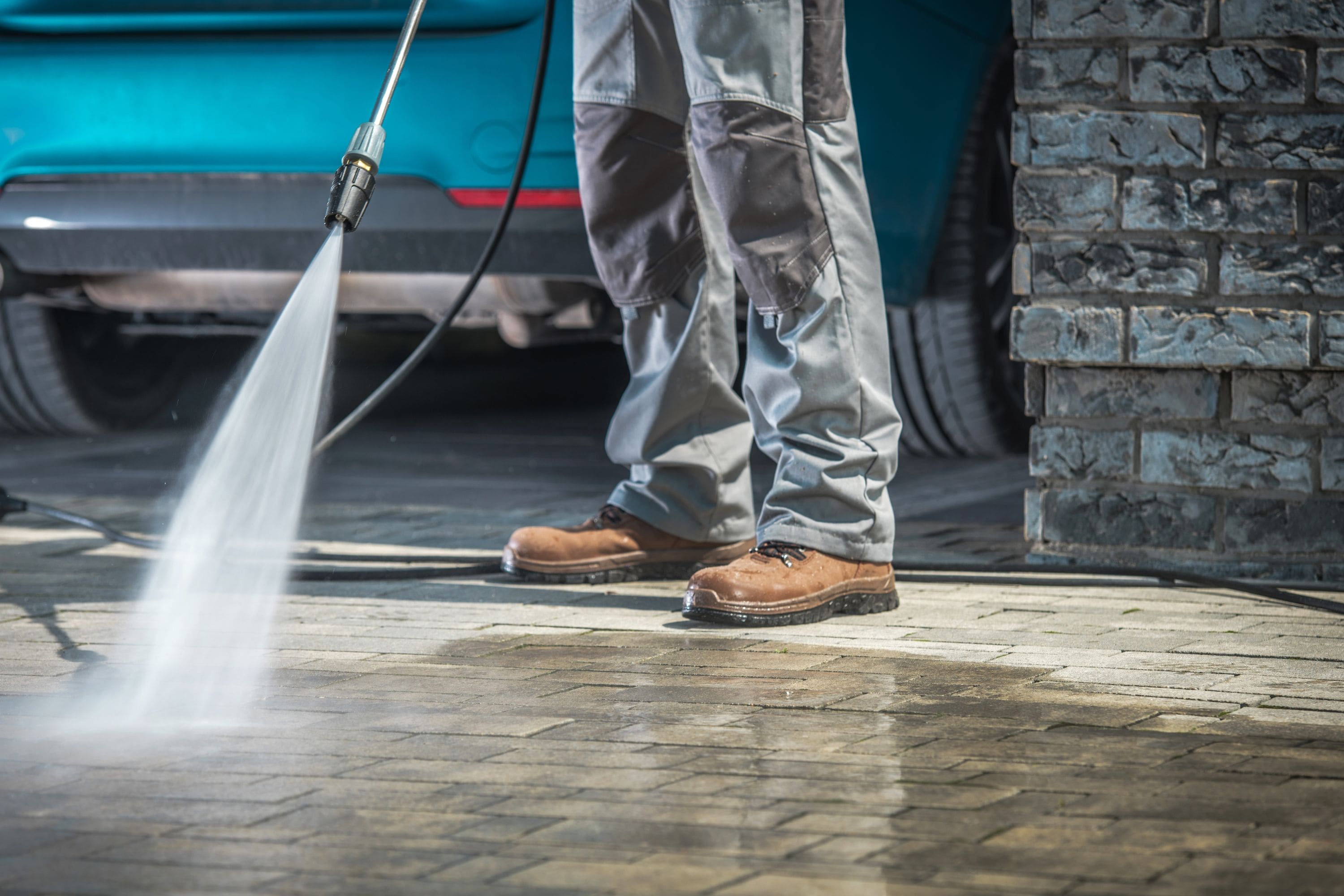
It may be tempting to get the hose out to clear the driveway from debris in record time but using a broom instead of a hose to clean outdoor areas like patios and driveways is the water-saving choice. By sweeping away debris, you conserve water, minimise runoff, and prevent accidental water damage. It’s a practical and efficient alternative that promotes sustainability while keeping your outdoor spaces clean.
10. Invest in a rainwater tank
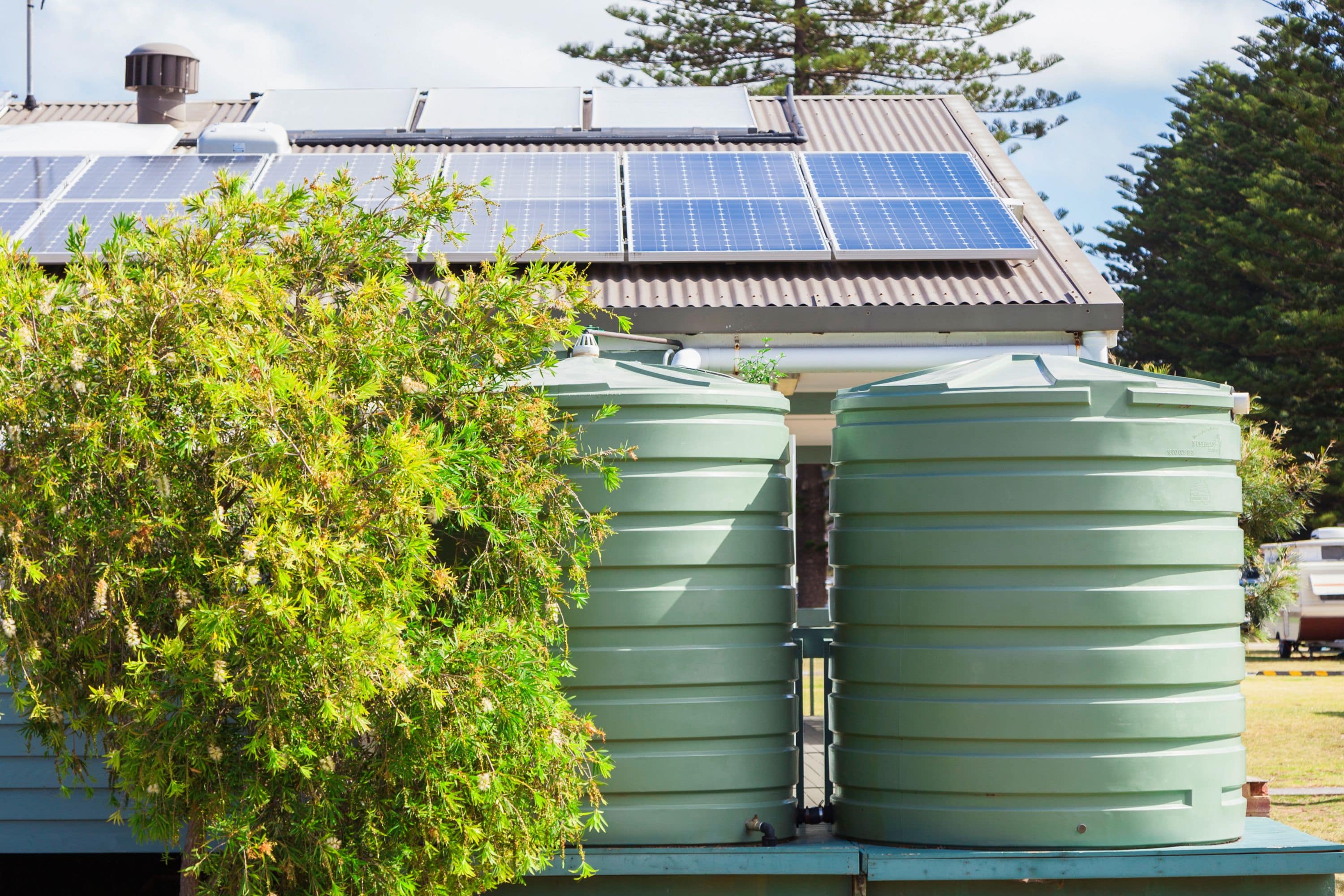
A rainwater tank is a valuable tool that helps save water by harvesting and storing rainwater for later use. The tank collects rainwater from rooftops, which would otherwise flow off and potentially go to waste. By capturing and storing this rainwater, it can be used for various purposes, reducing the reliance on freshwater sources. This saved water can be utilised for tasks such as watering plants, washing cars, flushing toilets, or even for non-potable uses like cleaning outdoor areas. A rainwater tank helps conserve water resources, lowers water bills, and promotes sustainable water management practices.
Chat to Swan’s Professional Plumbing about saving on your water bill
Here’s one final tip for water conservation and overall improved plumbing performance: contact Swan’s Professional Plumbing to schedule a whole-house plumbing inspection. Following our inspection, we can recommend additional ways to conserve water without sacrificing needed comfort and convenience. Our plumbing health check is free to all Swan’s Professional Plumbing members. Call us on 1300 634 581 to enquire today!
FAQs
In Australia, the average person uses approximately 340 litres of water per day. This includes water consumption for various purposes such as drinking, cooking, bathing, toilet flushing, laundry, and outdoor uses. However, it's important to note that individual water usage can vary based on factors like lifestyle, household size, water-saving habits, and geographic location within Australia. Implementing water-saving practices can significantly reduce daily water consumption and contribute to a more sustainable water footprint.
To ensure that your family is actively conserving water, it's important to foster a culture of awareness and responsibility. Start by educating your family members about the importance of water conservation and the impact of excessive water usage on the environment. Encourage them to develop water-saving habits such as taking shorter showers, turning off the tap while brushing teeth or doing dishes, and only running the dishwasher and washing machine with full loads. Regularly check for leaks and promptly fix them to avoid water wastage. Install water-efficient fixtures like low-flow showerheads and faucets to reduce water consumption. Involve the whole family in brainstorming and implementing water-saving ideas, and lead by example in your own water usage habits. By creating a collective commitment to conserving water, your family can make a significant positive impact on the environment and promote a sustainable future.
To effectively conserve water, businesses can take several steps. This includes promptly addressing leaks, installing water-efficient fixtures, optimising landscaping with drought-resistant plants and efficient irrigation systems, implementing recycling and reuse systems, educating employees about water conservation, monitoring water usage, setting goals for reduction, promoting employee engagement, and partnering with suppliers that prioritise water conservation. By adopting these measures, businesses can significantly reduce water consumption, lower costs, and demonstrate their commitment to sustainable practices.

